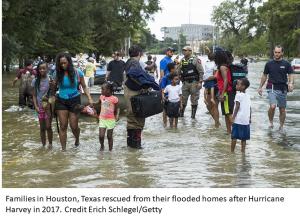Get Email Updates
Sign up to get email updates and join our online community of supporters.
Join Our Fight
Give Today and help build our fund to take on new challenges
Donate by Giving Stock
Stock giving is better than cash giving.
Financial Conflict of Interest Policy
DSCEJ requires disclosure of any actual or perceived conflict of interest.


